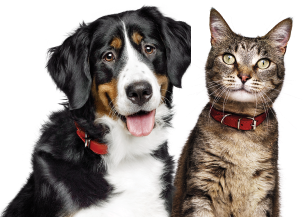The Cornish Rex becomes involved with her parent. She loves to be right next to her parent and must have some time together every day. Many Cornish Rex will do anything to be with their parents and will even learn to walk on a lead in order to spend more time together. In general, they love being handled by their parents.
The Cornish Rex is an athletic cat and will maintain her ideal weight if provided with enough space for exercise. Thanks to the close lying nature of the coat, you can easily tell if a Cornish is getting too heavy.
The Cornish Rex is agile and loves to jump, run, and play. When she is playing, she can appear to be inexhaustible. She should have interactive exercise as well.
In 1950 in Cornwall, England, the first Cornish rex kitten was born. He was the result of a spontaneous mutation, born of a barn cat and an unknown sire. Nina Ennismore, who made this discovery, had bred and exhibited rex rabbits, so she knew this cat was special cat. She took this curly-coated cat into her home, named him Kallibunker, and began what became the Cornish rex breed.
In 1957, a breeding pair of Cornish rex that was directly related to Kallibunker was imported into the United States. The Cornish rex was officially recognized in the United States in 1967 and has since become more popular in the United States than it is in England.
At first, breeders believed that the curly coat of both the Cornish rex and the Devon rex might be related and the two could be bred to each other. This breeding was attempted but the resulting kittens all had straight coats. This result happened every time the breeding was tried, so the curly-coated cats were determined to be two distinct breeds.






















